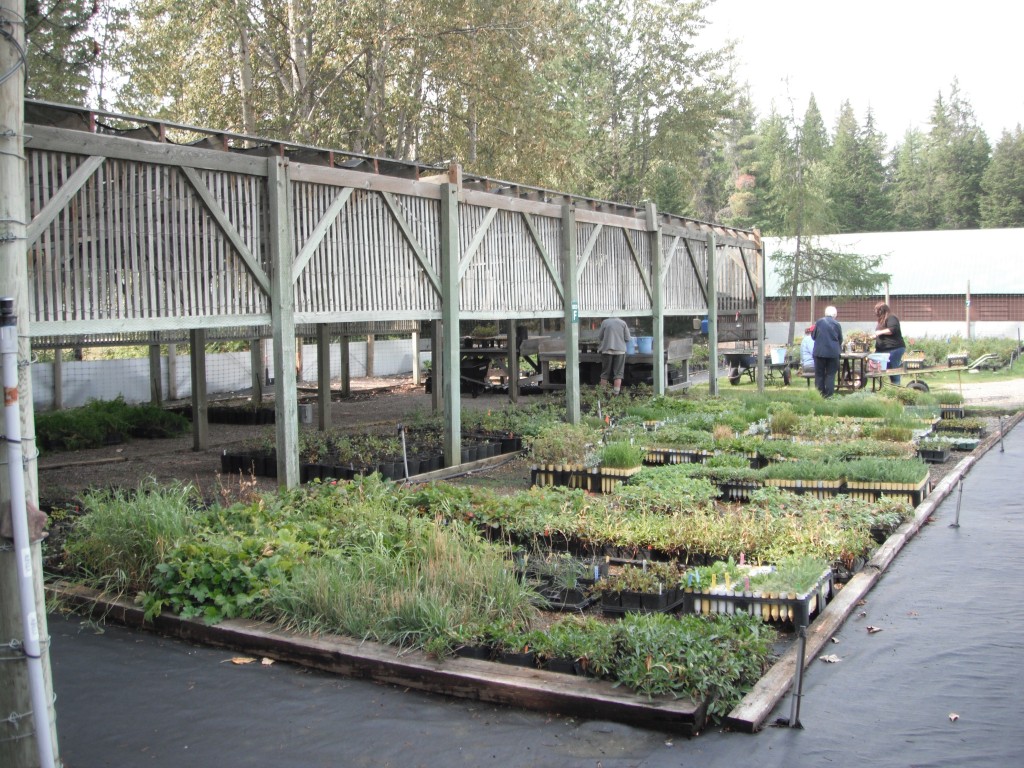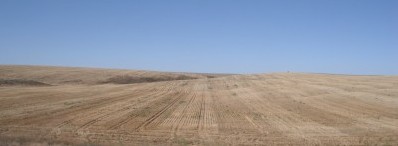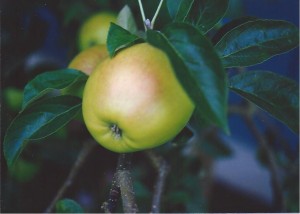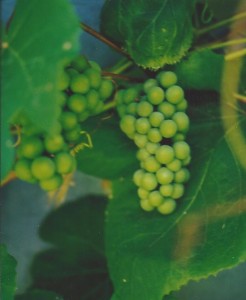Balancing Human Needs with Ecological Preservation
Archive for 1) Why Garden Ecologically?
Horticulture provides food for body and soul
When I tell someone I am a Horticulturist, I often have to explain what that is. Most people know that Botany is the study of plants, so I often tell them that horticulture is the applied science of botany. Horticulture comes from the Latin hortus “garden” and cultūra “cultivation.” Whereas agriculture (agri-=acre or field) usually refers to large-scale cultivation of single species crops such as grain, horticulture usually refers to gardening on a much smaller scale and the growing of a wider variety of crops.
There are many different specializations within the field of horticulture that generally can be grouped into two main categories – edibles and ornamentals.
Olericulture is the production of herbaceous vegetables which includes: Sweet corn, Greens such as spinach, lettuce, & celery; Cole crops – cabbage, broccoli, cauliflower; Root crops – beets, carrots, radishes; Bulb crops – onions, garlic, leeks; Legumes – beans, peas, lentils; Cucurbits – melons, squash, cucumber; and Solanaceous crops – tomatoes, peppers, potatoes.

Chives, Allium schoenoprasum, is the only allium native to both the old & new worlds. It can be found in Alaska.
Herbalists grow plants for flavor, fragrance or medicinal purposes. Herbs are often included in the vegetable garden or grown in a special herb garden. They may also be incorporated into the ornamental landscape.
Pomology, although most specifically applies to the cultivation of pome fruits (apples, pears), it is often used more generally to include stone fruits (cherries, plums, peaches, apricots, almonds) and every other tree fruit, nut or berry.
Viticulture (Viti– = vine) is an even more specialized field usually applied to growing grapes.
Ornamental Horticulture includes: Arboriculture, the evaluation, care, maintenance and pruning of trees; Floriculture, the production of floral crops including cut flowers and potted gift plants; Greenhouse & Nursery management, the propagation, production and sales of plants; Landscape Architecture, the art of landscape design; and Landscape Horticulture, the planting, care, and maintenance of landscape plants.
Forestry is often allied with horticulture. It is the growing and management of timber crops. Other plants, such as bamboo and grasses & stems for weaving may also be grown for the useful materials they provide.
The need for a secure food source caused many primitive societies to give up the nomadic “hunter-gatherer” lifestyle and adopt a more sedentary life to plant and tend food crops. The traditional “family farm” or larger estate often incorporated both animal husbandry and the growing of crops. It was critical for survival to grow and preserve enough food for the whole community and their animals. The ownership of land became synonymous with wealth which needed to be defended from plunderers.
Sometimes in the quest for wealth, we are more interested in “cash crops.” It is often forgotten that workers and their children, need a healthy diet that includes fresh fruits and vegetables. In some places, indigenous peoples have had to give up traditional foods and now rely too heavily on imported rice or corn. Many people need to be reeducated on how to grow fresh fruits and vegetables for their families and how to prepare them for inclusion in their daily diet.
 “Maslow’s Hierarchy of Needs” ranks the most important human needs in five levels. The 1st is physiological needs, which includes breathing, water, food, clothing, shelter, and sleep. The 2nd is Safety: security of body, employment, resources, family, health, & property. The 3rd is Love & Belonging: friendship, family and intimacy. The 4th is Esteem: achievement, confidence and respect. The 5th is Self-actualization: creativity and striving to reach one’s full potential. In theory, each fundamental need must be met before a person’s energy and passion can fully attend to a higher level. These are all we really need to be happy, not the material things that we buy to try to make us feel good—Money really “can’t buy happiness” after all our most basic needs are met.
“Maslow’s Hierarchy of Needs” ranks the most important human needs in five levels. The 1st is physiological needs, which includes breathing, water, food, clothing, shelter, and sleep. The 2nd is Safety: security of body, employment, resources, family, health, & property. The 3rd is Love & Belonging: friendship, family and intimacy. The 4th is Esteem: achievement, confidence and respect. The 5th is Self-actualization: creativity and striving to reach one’s full potential. In theory, each fundamental need must be met before a person’s energy and passion can fully attend to a higher level. These are all we really need to be happy, not the material things that we buy to try to make us feel good—Money really “can’t buy happiness” after all our most basic needs are met.
The science of horticulture can do more than teach us how to grow the food that nourishes our bodies. It can be used therapeutically for our physical and mental well-being. Nurturing living things makes us feel good and encourages us to learn even more about plants and the garden ecosystem. It also fulfills higher level needs to artistically create beautiful gardens within which we can cocoon ourselves in visual and fragrant splendor.
(This article was first published in the Peninsula Gateway on Dec 7, 2011)
Green Has Always Been My Favorite Color
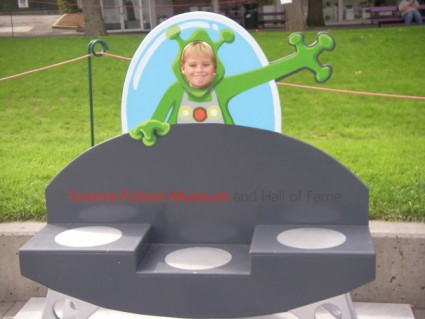
We hear the word, green, a lot lately, as our country is beginning to focus more on new, “green technologies”, “green jobs” and is working toward a goal of a “greener economy.” Being a committed environmentalist, I am excited about the new interest in sustainable and renewable energy and materials.
Gardening should be the “greenest” occupation around, but in fact, many people adhere to landscaping practices that are actually harmful to the environment. on this website, I plan to discuss many “green” garden design concepts and maintenance techniques that help to create healthier, more ecologically-friendly habitats for people and for wildlife.
Some of the topics I will discuss include two of the newest design concepts. Living Roofs, also known as green roofs, are just what, the name implies, a roof is prepared and planted with carefully selected plants. Living roofs are especially valuable in urban areas, where greenspace is limited. Rain Gardens are specially designed systems to reduce the amount of water run-off from a property. The goal of a Rain Garden is to avoid the pollution of our watersheds by reducing the amount of potentially contaminated water that is directed down storm drains, to sewage treatment facilities and to rivers, lakes and oceans.
Other design concepts include, “Low-Maintenance Gardening,” designs that require less time and work and reduce reliance on air and noise polluting power equipment. “Xerophytic Gardening,” uses plants that require less irrigation. Landscape designs for energy conservation can make a huge difference in the cost of heating and cooling buildings. “Permaculture” is a way of integrating food production into your landscape, working with natural systems and using sustainable methods. “Native Plant Gardening” and “Wildlife Gardening” are the best ways to restore the ecology of a landscape.
The biggest challenge is to get people to change their aesthetic ideals. I cringe when I walk down the pesticide aisle at the hardware store, knowing that many of these chemicals will end up in local waters. Reducing Chemical Use in the garden is, perhaps, the most important thing one can do to prevent contaminating the food web. It is a question of priorities, –is a perfect lawn or a perfect rose worth the risk of poisoning our planet? I am not a strict “organic” gardener but any chemicals I do use, I use sparingly.
I try to tactfully encourage “neat-freaks” to give up their sterile, geometric landscapes and embrace a richly diverse, more natural-looking landscape. Years ago, when I worked at the Seymour Conservatory in Tacoma, sometimes, when we changed the floral display, there would not be very many plants actually blooming. We would look back at our design with dismay, disappointed that it was not very colorful. But, then we would look again, with renewed appreciation, turn to each other, smile, and exclaim that “green is a color!” All it takes to appreciate the beauty that surrounds you is a change in how you look at things; a new, fresh perspective!
–To quote a famous frog “It’s not easy being green,” but if you make a commitment to a greener future, you and your children, grandchildren and many generations to come will reap the benefits!
(This article was first published in the Peninsula Gateway on Feb.18, 2009)
Feature Photograph: Sky Bressette at the Fountain Plaza at Seattle Center.
Balancing human needs with ecological preservation
 Habitat loss is the biggest cause of species decline on our planet. Human activities are the major cause of habitat destruction. No other species on this planet changes the landscape to suit their needs to such a degree.
Habitat loss is the biggest cause of species decline on our planet. Human activities are the major cause of habitat destruction. No other species on this planet changes the landscape to suit their needs to such a degree.
It is easy to blame people who are cutting down tropical rain forests in South America or people who are looking to farm or graze their animals on preserves set aside for wildlife in Africa. We need to recognize that some people are just trying to survive the best way they know how. The answer lies with education, especially of women– to reduce exponential population growth, to make people realize and understand the impact they are having on earth’s limited resources and in preserving or relearning traditional food production practices.
The Mesopotamian King Gilgamesh cut down the legendary Cedar Forest to build a great city at the dawn of civilization 4500 years ago. And after several millennia of exploitation, only tiny remnants of the famous Cedars of Lebanon, Cedrus libani, forests survive today. Western Civilization has since continued to cut down forests, deplete agricultural lands, and other natural resources, and then move on to greener pastures—often brutally displacing native populations, relegating them to marginal land, enslaving them to work in the fields for a cash crop or in mines or sometimes even committing genocide, consciously (or unconsciously through the spread of diseases).
Unfortunately, much of our economy is based on greed, the desire for wealth and the lifestyle of consumption. Many people are envious or fascinated by the “lifestyles of the rich & famous.” Shopping is often a form of entertainment. Ads bombard us, telling us we need the next new gadget. Consequently, some of our best farmland is now covered with warehouses and distribution centers to house imported goods.
Land is constantly being cleared for new housing developments, shopping centers, and other businesses. Many local governments do require developers to set aside a certain percentage of the land and to replant landscapes afterwards. But oftentimes, not much thought is put into these new landscapes in regards to habitat restoration, functionality, maintenance requirements and how long it will take for replacement trees and shrubs to achieve the size of the ones that were removed.
Instead of abandoning the old and encroaching more into wild lands, perhaps we could restore and revitalize urban centers–Forgo new construction in favor of repairing and remodeling the old, including replanting with more natural landscapes. It does no good to rue the past and blame our ancestors harshly. We should not judge them outside their time period and culture. We can try to correct past mistakes and plan better for the future.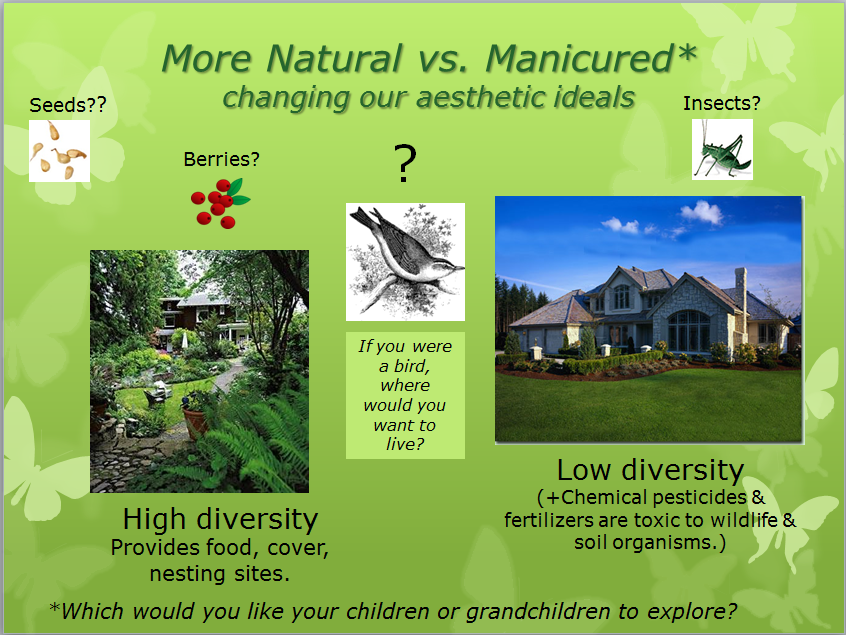
We need to realize that we are part of the natural world and that we can create landscapes that will not only be aesthetically-pleasing but can harbor a rich diversity of life as well. Many people will find it difficult to change their landscape “ideal” from neat and tidy manicured lawns to one that is attractive in a more natural, less-controlled way. We can work with nature by thinking of the needs of other creatures as well as people and be a little tolerant if a few of our prize plants get nibbled on if we realize that other creatures need to eat and that each organism has a place in the web of life. Natural landscapes are more interesting due to increased biological diversity. Children and adults can delight in finding frogs, snakes and pill bugs in their own backyard!
Ecology literally means the study of “home;” whereas, economy is the management of “home.” It makes sense that we use what we learn about our environment in order to better manage it along with our own basic needs.
Photo (ca. 1915). I believe the young girl in this photograph is my grandmother Alice Cornett along with her brothers and her father, John Cornett. He was a tenant farmer in Neodesha, Kansas.


